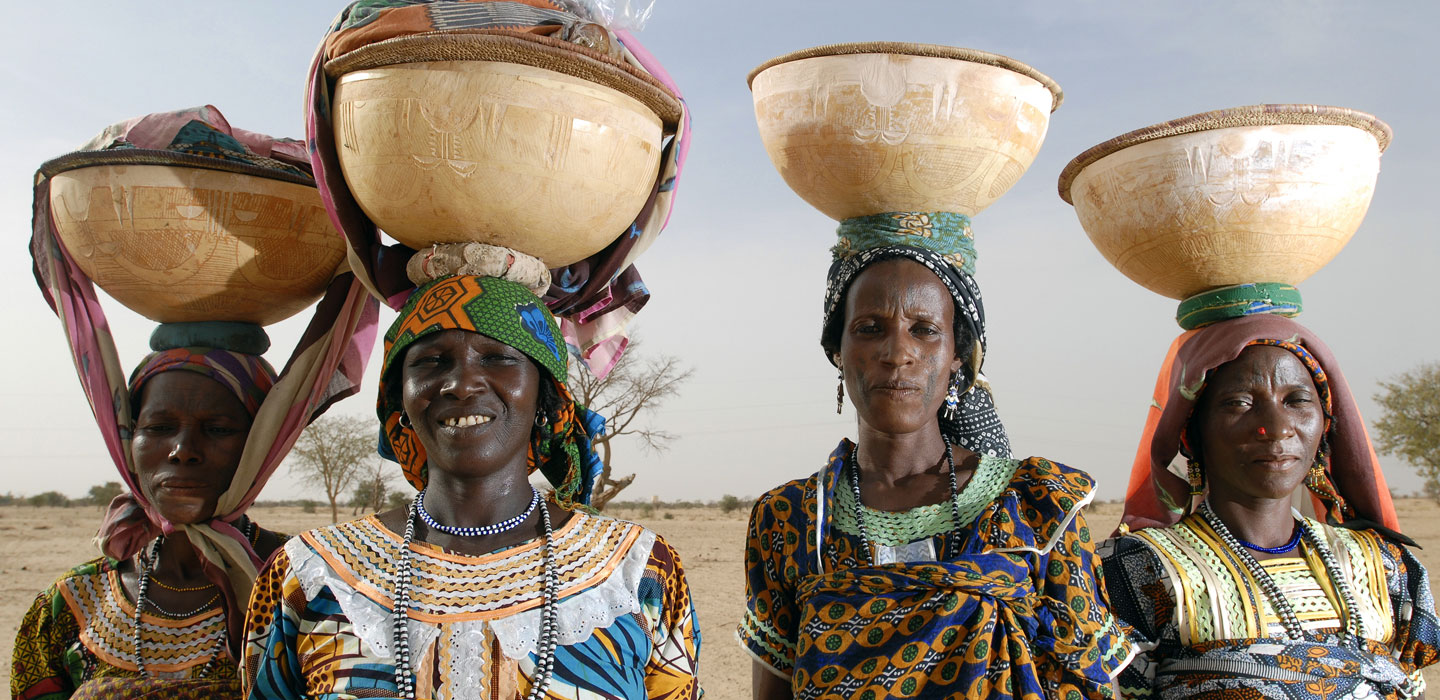Herramientas y Guías
Herramientas y Guías

Herramientas y Guías
Visualización del menú
Search Results Filters
Resultados de la búsqueda
Notas para el análisis y el desarrollo de proyectos de cadenas de valor ganaderas
enero 2016
Este enfoque por etapas para el análisis y diseño de proyectos de cadenas de valor sigue el ciclo de diseño básico que adoptan los proyectos del FIDA.
Scaling up note: Ghana
diciembre 2015
Since the mid-1980s, Ghana’s impressive development has made the country one of the strongest performers in Africa, although economic challenges and a fiscal deficit are currently slowing down the pace of growth.
Note sur la transposition à plus grande échelle: Nigéria
diciembre 2015
En dépit de l’abondance des ressources agricoles et pétrolières du pays, la pauvreté est omniprésente au Nigéria et elle n’a cessé de gagner du terrain depuis la fin des annés 90. Environ 70% des habitants vivent avec moins de 1,25 USD par jour. La pauvreté est particulièrement grave en milieu rural où jusqu’à 80% de la population vit en dessous du seuil de pauvreté tandis que les services sociaux et l’infrastructure y sont limités. Les femmes et les hommes pauvres des zones rurales sont tributaires de l’agriculture pour leur nourriture et leurs revenus. Environ 90% de la production vivrière nationale sont fournis par les paysans qui cultivent de petites parcelles et dépendent des pluies plutôt que de l’irrigation.
Scaling up note: Egypt
diciembre 2015
Egypt has undergone dramatic political upheaval over the last four years, following long-simmering grievances over the lack of economic opportunities and political inclusion that led to a revolutionary uprising in early 2011.
Scaling up note: Ethiopia
diciembre 2015
With a population of 92 million, Ethiopia is the second most populous country in sub-Saharan Africa and one of the world’s fastest-growing economies, with consistent growth averaging more than 10 per cent over the last ten years. Per capita income is, however, markedly lower than the average for developing countries in sub-Saharan Africa as a whole (US$400 compared with US$1,547 per capita per year).1 Much of Ethiopia’s growth is attributable to the agricultural sector, which accounts for about 45 per cent of GDP, almost 90 per cent of exports and 85 per cent of employment. About 90 per cent of the agricultural land under cultivation is devoted to subsistence agriculture. Livestock and livestock products are important in Ethiopia and contribute about 10 per cent of the country’s foreign exchange earnings, with hides and skins constituting about 90 per cent of this.
Scaling up note: Peru
diciembre 2015
Peru is an upper-middle-income country with one of the fastest-growing economies in the region. In the last decade, the country more than halved its poverty rate, which fell from 59 to 24 per cent. Reduction was uneven geographically, however. In the rural areas of the highlands and the rainforest areas, poverty still affects about 53 and 43 per cent of the population1 respectively, and particularly indigenous communities.
Scaling up note: Sudan
diciembre 2015
The analysis underlying the results-based country strategic opportunities programme for the Republic of the Sudan (RB-COSOP) developed in 2013 identified major constraints on the reduction of rural poverty. These included prolonged conflicts, the separation of South Sudan (2008), reduced oil revenues for the Government of Sudan; greatly increased numbers of people and livestock reliant on static technologies; environmentally and economically unsustainable pressures on finite natural resources exacerbated by the negative impacts of climate change; and little residual capacity within the public sector, all within a problematic geopolitical environment.